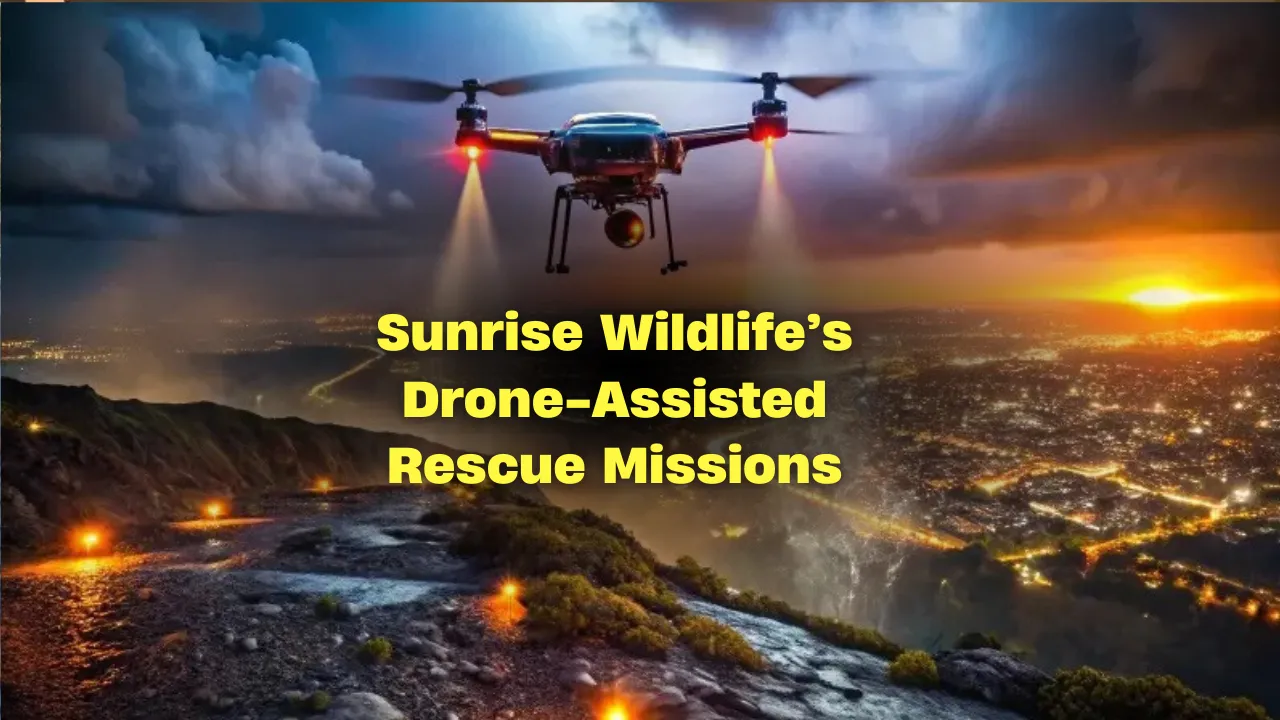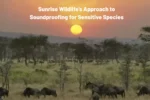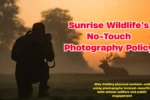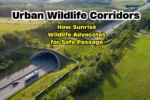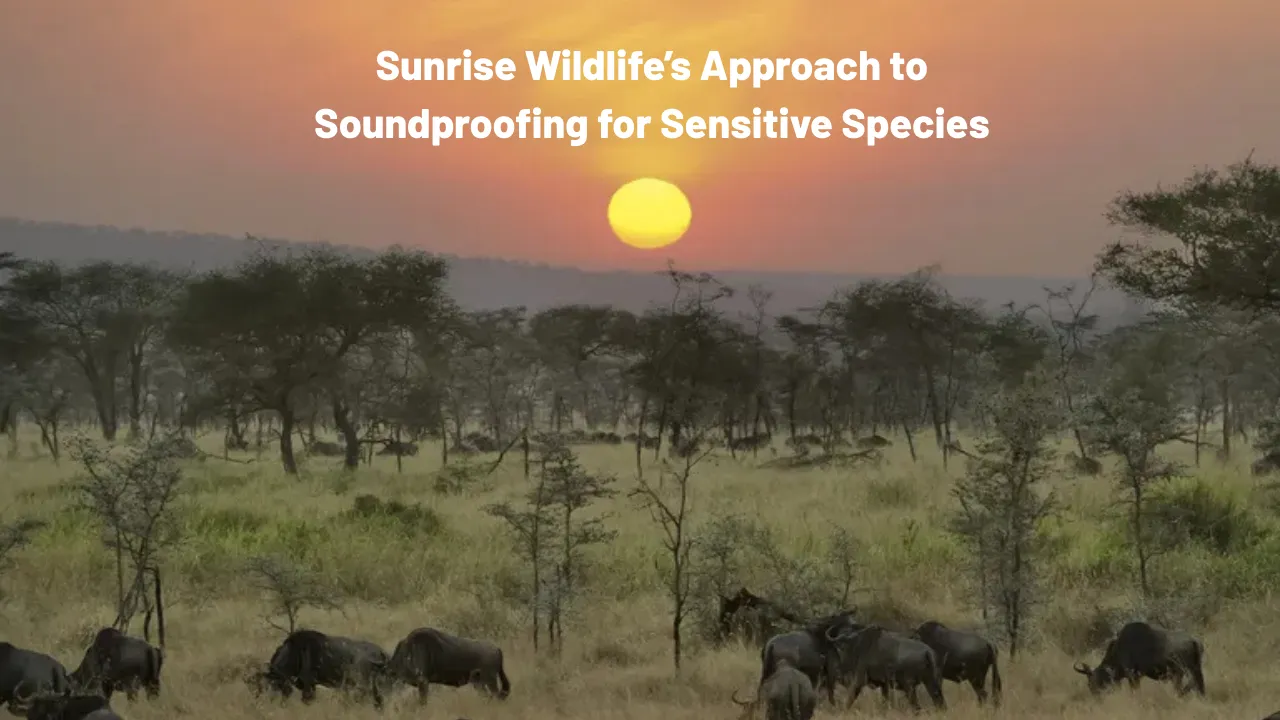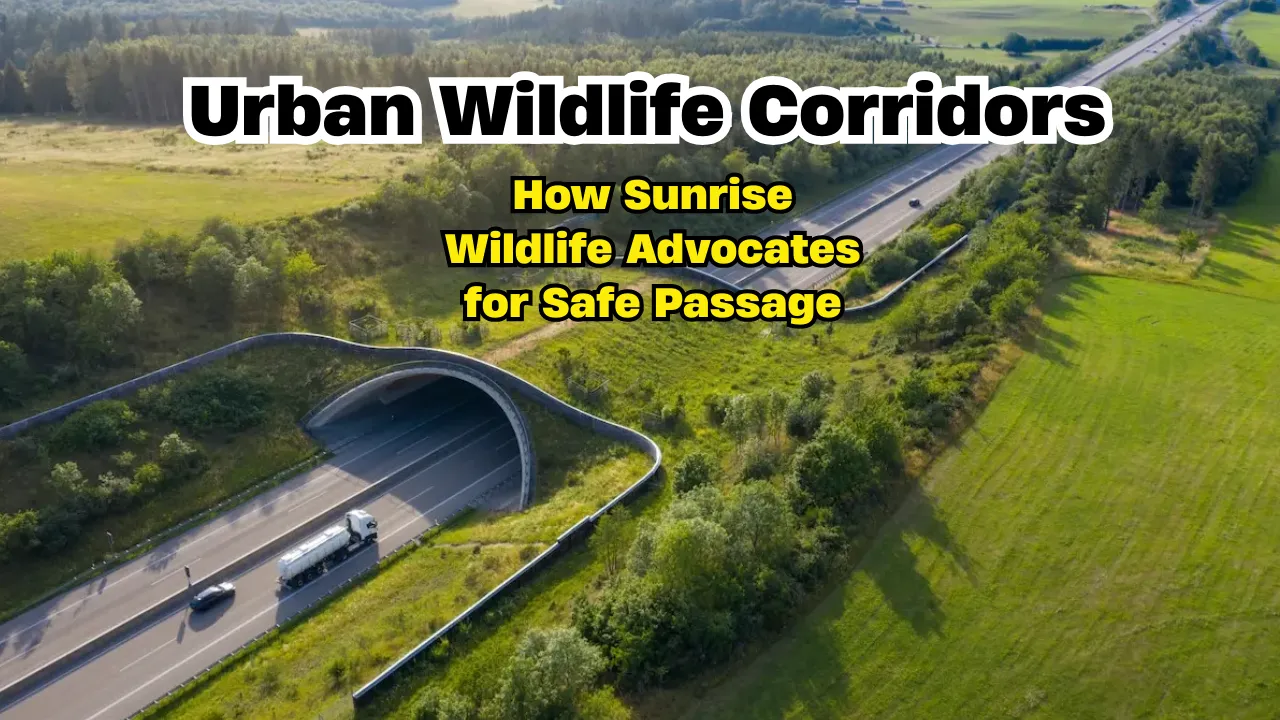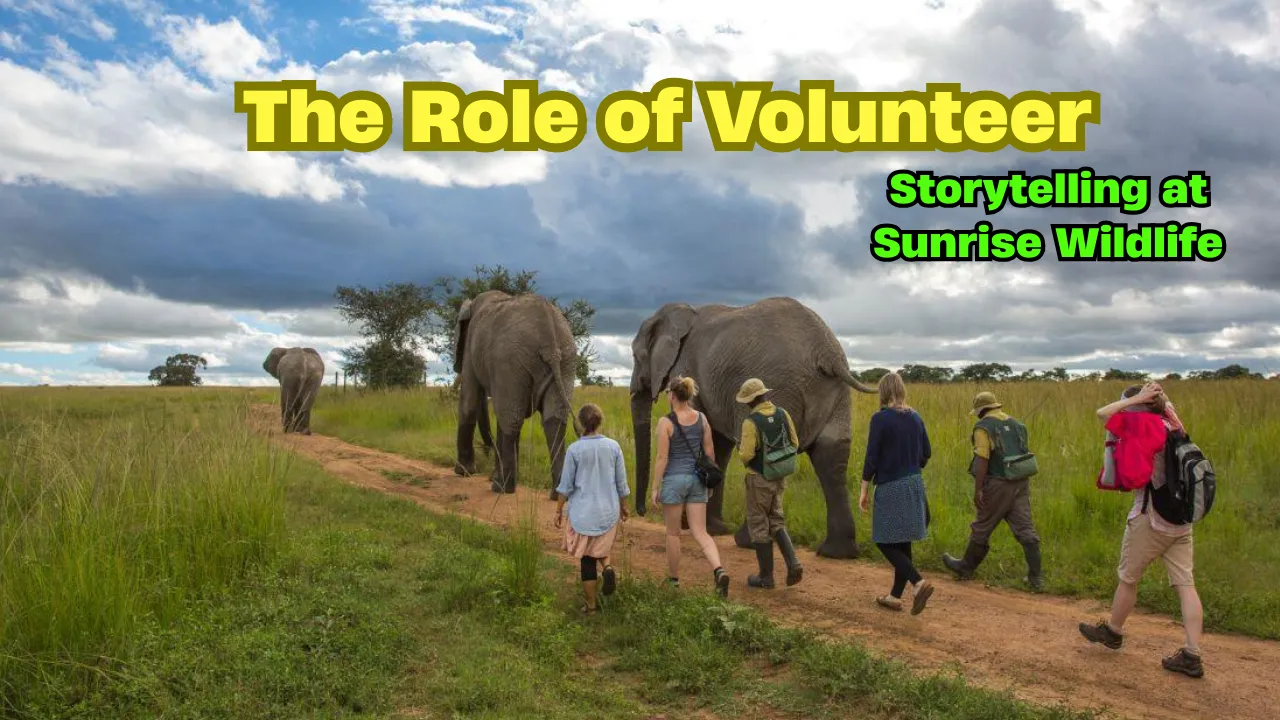Drone-Assisted Rescue Missions are transforming how wildlife organizations respond to emergencies. At Sunrise Wildlife, drones are no longer just advanced tech tools—they are vital partners in the effort to protect vulnerable animals in hard-to-reach environments.
This article provides an inside look at how Sunrise Wildlife deploys drones in their conservation and rescue efforts. You’ll discover how these aerial devices are used to locate injured, orphaned, or stranded animals in places inaccessible by foot. With a focus on technology, technique, and results, this piece will outline the major benefits and real-world impact of drone-assisted wildlife operations.
How Drone-Assisted Rescue Missions Help Sunrise Wildlife
Drone-Assisted Rescue Missions at Sunrise Wildlife are revolutionizing the rescue process by delivering precise, rapid, and safe solutions for wildlife tracking and aid. These drones serve as eyes in the sky, flying over dense forests, steep hillsides, and swamps—areas that would take hours for rescuers to search manually. Whether equipped with thermal imaging, real-time cameras, or GPS mapping systems, drones streamline the process of identifying and reaching animals in distress. Their use not only shortens response time but also significantly reduces stress and risk for both animals and human teams.
Overview of Drone Use in Wildlife Rescue
| Aspect | Details |
| Primary Function | Locating injured or orphaned wildlife in remote areas |
| Technology Used | Thermal imaging, HD cameras, real-time GPS mapping |
| Drones Used | Scout drones, thermal drones, long-range drones |
| Benefits | Faster rescues, reduced human risk, minimal disturbance to wildlife |
| Common Challenges | Weather conditions, dense canopy cover, limited battery life |
| Training Required | Certified drone pilots, wildlife monitoring knowledge |
| Success Rate | High detection and retrieval efficiency in challenging environments |
How Drone-Assisted Rescue Missions Work
At the heart of Sunrise Wildlife’s approach is a streamlined drone deployment system designed for rapid response. When a report of injured or orphaned wildlife comes in—be it from a ranger, local resident, or camera trap—trained drone operators assess the location and determine the best drone to use. For dense forests or night missions, thermal drones are chosen. In open landscapes, high-altitude scout drones may be preferred.
Each drone-assisted rescue mission starts with a flight path plan. Operators map out the area, identifying potential zones where animals may be hiding. Once airborne, the drone feeds back live video and thermal imaging to a mobile control unit. If an animal is found, rescue teams are guided in real-time using GPS coordinates, drastically reducing search time and increasing the success rate.
Benefits of Using Drones in Wildlife Rescues
The application of drone technology in conservation has reshaped how quickly and effectively wildlife organizations can respond. One of the biggest advantages is speed. In rescue operations, every minute counts—whether it’s an elephant calf stuck in mud or a fox injured by a poacher’s trap.
- Wide-area coverage: Drones can scan huge areas within minutes, far more efficiently than a ground team.
- Minimal disturbance: Drones operate quietly and from a distance, causing less stress to the animals.
- Enhanced safety: Dangerous environments like cliffs, swamps, or predator zones are avoided by humans but surveyed easily by drones.
- Accurate tracking: Wildlife tracking drones with real-time monitoring allow teams to pinpoint the exact location of distressed animals.
The integration of these tools means Sunrise Wildlife can respond faster, safer, and with better outcomes than ever before.
Types of Drones Used by Sunrise Wildlife
To manage the wide range of rescue scenarios, Sunrise Wildlife relies on multiple types of drones, each suited for specific environments and missions.
- Scout Drones: Lightweight and agile, perfect for daytime reconnaissance and short-range scanning.
- Thermal Imaging Drones: These are equipped with infrared sensors that pick up heat signatures, even in total darkness or through thick foliage.
- Long-Range Surveillance Drones: With extended battery life and GPS tracking, these drones can stay airborne for long periods and cover vast terrain.
Each mission’s drone selection depends on factors like terrain type, time of day, and urgency level. The smart use of different drone types is key to the high success rate Sunrise Wildlife maintains.
Real-Life Success Stories
In one standout case, Sunrise Wildlife used a thermal drone to locate a baby leopard trapped in a ravine after a landslide. Dense trees and steep cliffs made it impossible to reach by foot initially. Thanks to the drone’s heat-sensing technology, rescuers were able to locate the cub and bring it to safety within hours.
Another mission involved rescuing a group of flamingos whose nesting site had been flooded unexpectedly. Traditional methods would have taken too long, risking hypothermia and starvation. A drone flew over the wetland, marked the safest path, and allowed the rescue team to act with precision and speed.
These stories show the real, life-saving value of drone-assisted rescue missions, not as a tech trend, but as a practical and essential tool for modern conservation work.
Challenges Faced During Drone-Assisted Rescues
Despite their many advantages, drones are not without challenges. Remote wildlife rescue often takes place in areas where weather is unpredictable. High winds, rain, or dense fog can interfere with drone signals or shorten battery life. Additionally, drone pilots must have specialized training not only in flight control but also in interpreting wildlife behavior to avoid stressing animals or interfering with habitats.
Regulatory restrictions are also a hurdle. In protected zones, drone flights may require permits, which can delay urgent missions. Lastly, the cost of maintaining advanced drones with thermal imaging and high-definition cameras can strain the budgets of non-profit organizations.
Still, for Sunrise Wildlife, the benefits far outweigh the drawbacks—and ongoing training and planning help reduce these risks.
Key Applications of Drones in Wildlife Rescue
- Search and Locate Missions: Perfect for fast identification of animals in danger, even in challenging terrain or low light conditions.
- Monitoring and Surveillance: Drones are also used to observe animal behavior from a safe distance, helping track movements and prevent human-wildlife conflict.
The Future of Drone-Assisted Wildlife Rescue
As drone technology becomes more accessible and advanced, its use in animal rescue technology will only grow. Sunrise Wildlife is actively working with developers to create drones equipped with AI-powered recognition systems that can automatically identify different species based on heat patterns and shape.
The organization is also exploring eco-friendly drone use options, such as solar-powered models, to reduce the carbon footprint of rescue operations. With ongoing training, new tech partnerships, and a growing network of drone pilots, Sunrise Wildlife is setting the gold standard in wildlife surveillance and rescue.
FAQs:
1. What kind of training is needed for drone pilots in wildlife rescue?
Pilots need to be certified and trained in drone operation, wildlife behavior, and emergency rescue procedures to ensure safe and effective missions.
2. Can drones disturb animals during rescue missions?
Properly operated drones maintain safe distances and minimize noise, making them less invasive than ground searches.
3. Are these rescue drones used at night?
Yes. Thermal imaging drones can detect animals in complete darkness using body heat, making them ideal for nighttime rescues.
4. How long can a drone stay in the air during a mission?
Most rescue drones can fly for 20–40 minutes, but long-range drones used by Sunrise Wildlife are equipped with extended battery packs.
5. How do drones help reduce human-wildlife conflict?
By monitoring animal movement, drones help prevent animals from wandering into human settlements, ensuring safety on both sides.
Final Thought:
Sunrise Wildlife’s drone-assisted rescue missions reflect a powerful blend of compassion, innovation, and action. In places where time, distance, and danger once stood in the way of helping injured animals, drones now serve as lifelines. By embracing drone technology in conservation, Sunrise Wildlife is not just saving animals—it’s shaping a smarter, more responsive future for environmental protection.
If this approach inspires you, don’t keep it to yourself. Share this article, leave a comment, or dive deeper into how modern tech is transforming the world of conservation. Every voice and share makes a difference.
